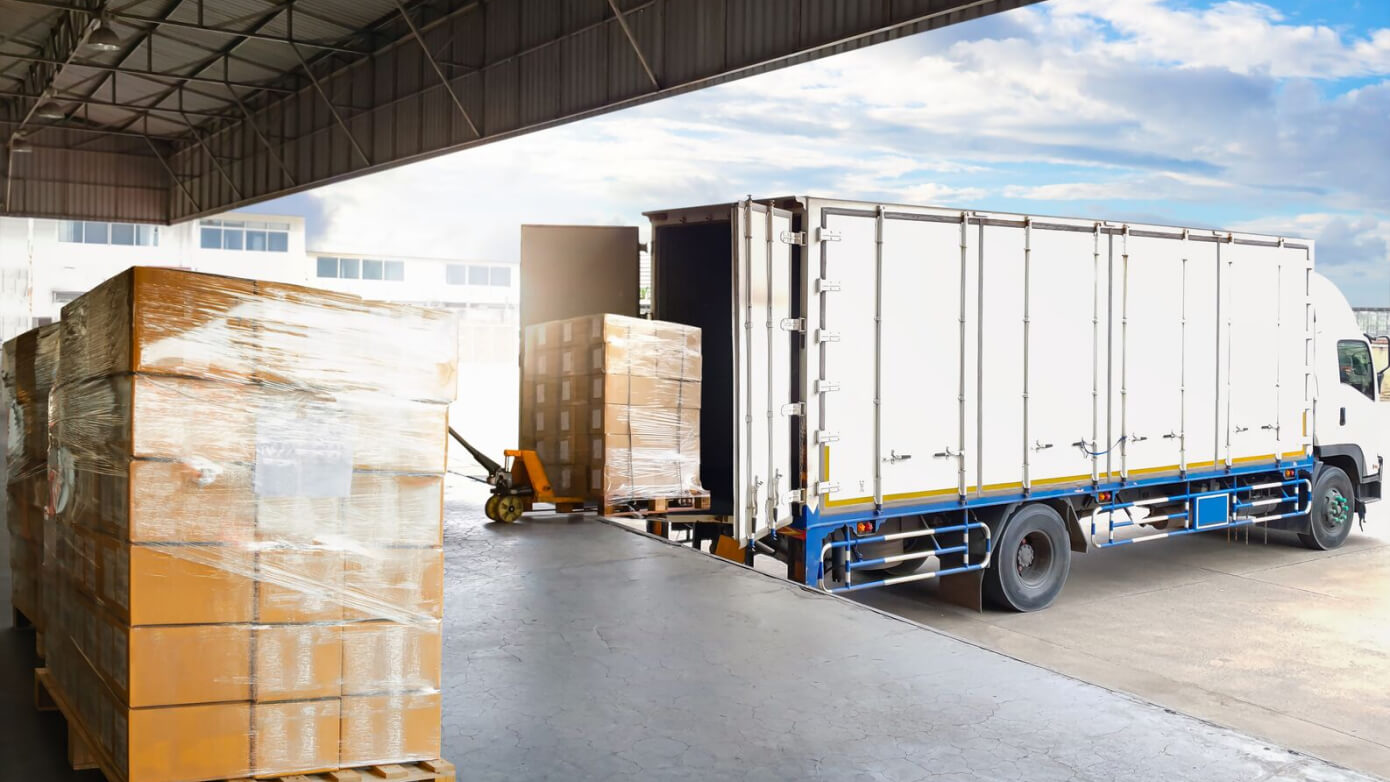The Hidden Value of Modern Transportation Management Systems
- March 12, 2025

As Mike Tyson famously remarked, "Everyone has a plan until they get punched in the mouth." This sentiment resonates within the logistics and supply chain industry, where adaptability is critical. While every organization begins with a primary strategy, the rapid pace and scale of change often necessitates contingency plans—sometimes extending well beyond Plan A. This accelerated evolution has placed pressure on technology, particularly in supply chain management and transportation management systems (TMS).
Consider these examples: How much inventory should we procure? What is the throughput at our cross-dock facility? What stock levels are available in our warehouse? When will stores receive replenishment? When can we fulfill customer orders? For professionals in transportation management or supply chain operations, these inquiries are not only familiar but also persistent challenges in today’s dynamic landscape.
Ask any TMS provider, and they will likely highlight two primary objectives: reducing transportation costs and enhancing customer service. However, at the recent Manifest conference, I explored additional benefits that extend beyond these traditional metrics. A cloud-native, unified TMS platform offers value that extends beyond cost savings and service improvements, delivering long-term strategic advantages.
Below are three key insights from the event, tailored for transportation management professionals, evaluating the return on investment (ROI) and future potential of a TMS.

Innovation as the Cornerstone of Execution
The speed of TMS implementation directly influences ROI, making it a critical factor when justifying investment to stakeholders. Key performance indicators (KPIs)—such as the timeline from project initiation to go-live and the subsequent cost reductions—provide tangible evidence of success. A faster deployment accelerates ROI and represents a straightforward metric to track.
Yet, the true value of a modern TMS lies in its capacity for sustained innovation, particularly through a cloud-native, microservices architecture. Unlike monolithic systems requiring annual upgrades, a modern TMS can deliver new capabilities every 90 days. This rapid deployment ensures users benefit from cutting-edge features sooner, adapting to evolving challenges faster.
In contrast, legacy systems often leave organizations waiting a full year for updates, by which time business needs may have shifted, rendering the enhancements obsolete. In today’s competitive environment, execution and innovation are mutual drivers of success.

‘Clean’ Data as the Foundation for Sustainable Outcomes
A modern TMS also plays a pivotal role in advancing organizational sustainability goals, with data quality serving as the backbone. Reliable, ‘clean’ data—whether master data, configuration data, or transactional data—is essential for informed decision-making. A TMS equipped with accurate data insights empowers organizations to optimize for environmental efficiency alongside operational performance.
For instance, clean data enables visibility into trade-offs, such as choosing rail transport for its lower carbon footprint despite a longer transit time, versus expediting delivery via truck. With this visibility, businesses can align transportation decisions with sustainability goals. Efficient routing, reduced mileage, and the ability to select eco-friendly modes of transport not only lower costs but also appeal to environmentally conscious consumers. In this way, a TMS transforms data into a strategic tool for both profitability and planet-friendly operations.
Future-Proofing TMS for Tomorrow’s Challenges
The pace of technological innovation over the past decade has been extraordinary, and innovations like generative artificial intelligence (GenAI) promise to accelerate this trajectory further. The TMS of 2035 will look nothing like today’s systems, evolving into highly intelligent platforms, capable of anticipating disruptions, evaluating response options, and autonomously resolving issues.
This future vision relies on a foundation of flexible, composable infrastructure. A TMS built on microservices, and robust APIs can seamlessly integrate emerging technologies, such as AI, without the constraints of legacy system upgrades. Organizations adopting this approach today position themselves to harness tomorrow’s innovations, ensuring scalability and resilience in an everchanging landscape.
The potential is limitless, and the TMS of the future will redefine how we navigate supply chain challenges.
The Verdict
A modern TMS is far more than a tool for cost reduction and service improvement: it is a strategic enabler of innovation, sustainability, and long-term adaptability. By leveraging cloud-native architecture, clean data, and forward-thinking design, today’s logistics professionals can unlock immediate benefits while preparing for the intelligent, data-driven systems of tomorrow. In an industry where change is the only constant, a modern TMS is not just a solution; it is a competitive advantage.
Related Insights

Transportation Management
Our transportation management system makes your job easier. How? With applied intelligence and network connection speeds up to 10x faster than other systems.

Supply Chain Execution
Optimize your supply chain operations and drive growth with our advanced supply chain management software. Gain real-time visibility and agility.

Transform Your Transportation, Accelerate Growth
Drive efficiency, resilience, and growth with a Transportation Management System that lets you optimize routes, streamline operations, and adapt to change in real-time.






